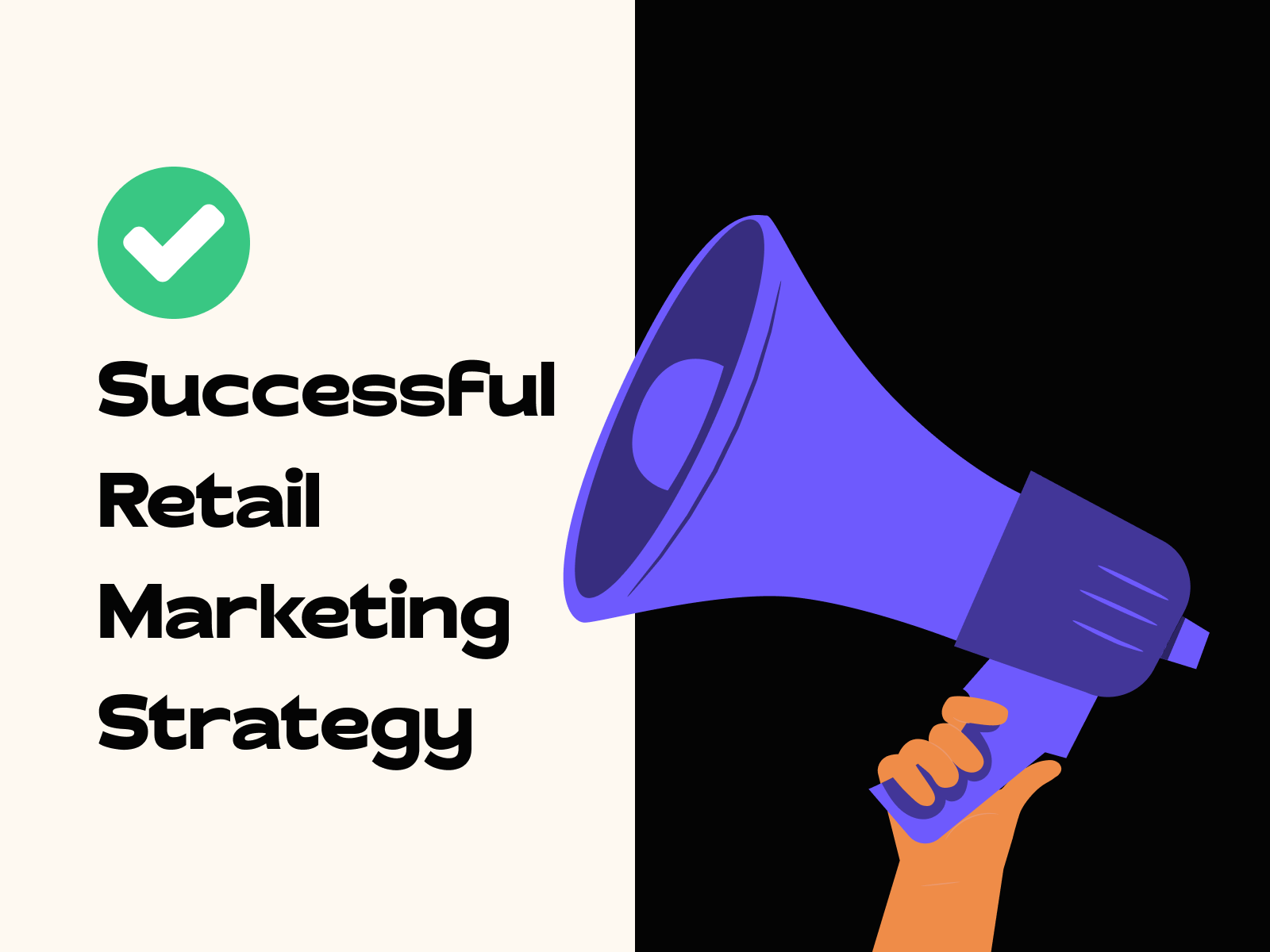Retail is a competitive industry. The key to standing out is creating a winning marketing strategy. Yet, with all the options out there, how do you know what a successful one looks like? A retail marketing campaign that delivers results contains several key elements.
A Defined Target Market
Defining your target marketing is key because it helps you create a tailored marketing strategy. The point of defining one is to determine who your customers are — their age, location, buying habits and preferences.
Start by gathering data through previous customer interactions, social media analytics and market research. Then, segment your audience to personalize your market efforts for maximum relevance and impact, as 62% of customers stay loyal to companies that implement tailored marketing.
Keep in mind that you can also look at who your future customers could be. Stay attuned to shifting market trends and evolving consumer behaviors. When you continually refine your understanding of your target market, you can stay ahead and adapt your strategy accordingly.
Create an Inviting In-Store Experience
Enhancing the in-store experience invites customers to shop and makes your store more memorable. When customers have a great experience, they are more likely to spread the word about your store brand.
Start enhancing the shopping experience by creating eye-catching displays. Displays can tell a story, highlight new arrivals and entice customers to explore further. Clear signage is equally important. It guides shoppers through the store and makes the journey from the entrance to the checkout as seamless as possible.
Ensure you provide a comfortable ambiance — such as warm lighting and music — to set the right mood. Implementing these elements will turn your store into a destination rather than just another place to shop.
Develop a Strong Brand Presence
Establishing a brand presence should be part of your retail marketing strategy because it creates a distinct identity that resonates with consumers. In essence, you want to create an image they can trust and feel aligned with.
Embody your presence within the following aspects of your brand:
- Logo
- Store design
- Packaging
- Tone of communications
A brand acts as a guide to how you operate your business and interact with customers. It ensures you stay consistent and instantly recognizable anywhere you appear online or in person.
Implement Targeted Advertising
With targeted advertising, you can deliver the right message to the right people. It is all about personalization. When you tailor your advertising to customer’s interests, it sounds like you are speaking directly to them. In turn, customers feel connected to your store and are more likely to engage with your advertisements.
The best way to refine your advertising is to gather customer information through customer purchases, studying online behaviors and engagement with past ads. Platforms like Google Ads and social media channels also give you the resources to segment your audience. You can implement targeted advertising and turn potential interest into actual sales.
Establish an Online Presence
A successful retail marketing strategy involves building an online presence because it extends your reach beyond local foot traffic. It opens new markets and meets customers where they spend a considerable amount of time.
While it’s beneficial for your business, it also helps your customers. Since they spend time sifting through web pages, they are searching for answers or looking for products they want and need. Therefore, they spend time researching and reading reviews before they make purchase decisions. Establishing your presence online gives customers a chance to discover your store.
Ensure your online presence is functional and engaging. For instance, your website should be easy to navigate, with high-quality product images and clear calls to action. It also helps to interact with customers on social media and provide them with valuable content. Remember, your online presence is a digital extension of your store, so make it as professional and welcoming as you would with a physical one.
Leverage Customer Reviews and Testimonials
Customer testimonials are incredibly influential in a retail marketing strategy. Reviews act as social proof, building credibility and trust with potential buyers. In fact, 90% of people say they trust what another customer says more than what the company says about itself, according to Wyzowl.
When leveraging reviews, encourage customers to share their experiences. Make it easy for them to leave feedback, whether on a website, social media or Google. Be sure to respond to reviews professionally and helpfully to show you value customer input.
Implement Customer Loyalty Programs
Customer loyalty programs are a crucial element of a retail marketing strategy because they are designed to reward repeat customers and encourage ongoing business. While these programs are a great way to incentivize purchases, they also generate valuable customer data.
The most strategic way to implement loyalty programs is to make them rewarding for customers and beneficial for your business. Offer perks that matter to your customers, like exclusive discounts or early access to new products. The key is to find a balance that makes customers feel valued without eroding your profit margins.
Offer Promotions and Discounts
Offering promotions or discounts can be a powerful element of a retail marketing strategy because it helps drive sales and attract new customers. These offers create a sense of urgency and can break down the hesitation that customers may feel without one.
However, the key to using promotions and discounts effectively is to deploy them strategically. You want to maintain the perceived value of your products and have customers wait for sales instead of buying at regular prices. Use them to clear out inventory, celebrate milestones and reward loyal customers.
Solidify Your Retail Marketing Strategy
A successful retail marketing strategy occurs when you understand and implement the key elements of one effectively. From focusing on a defined target market to creating a welcoming in-store atmosphere, retailers can stand out in a crowded marketplace. Plus, they will build lasting relationships with their customers.




